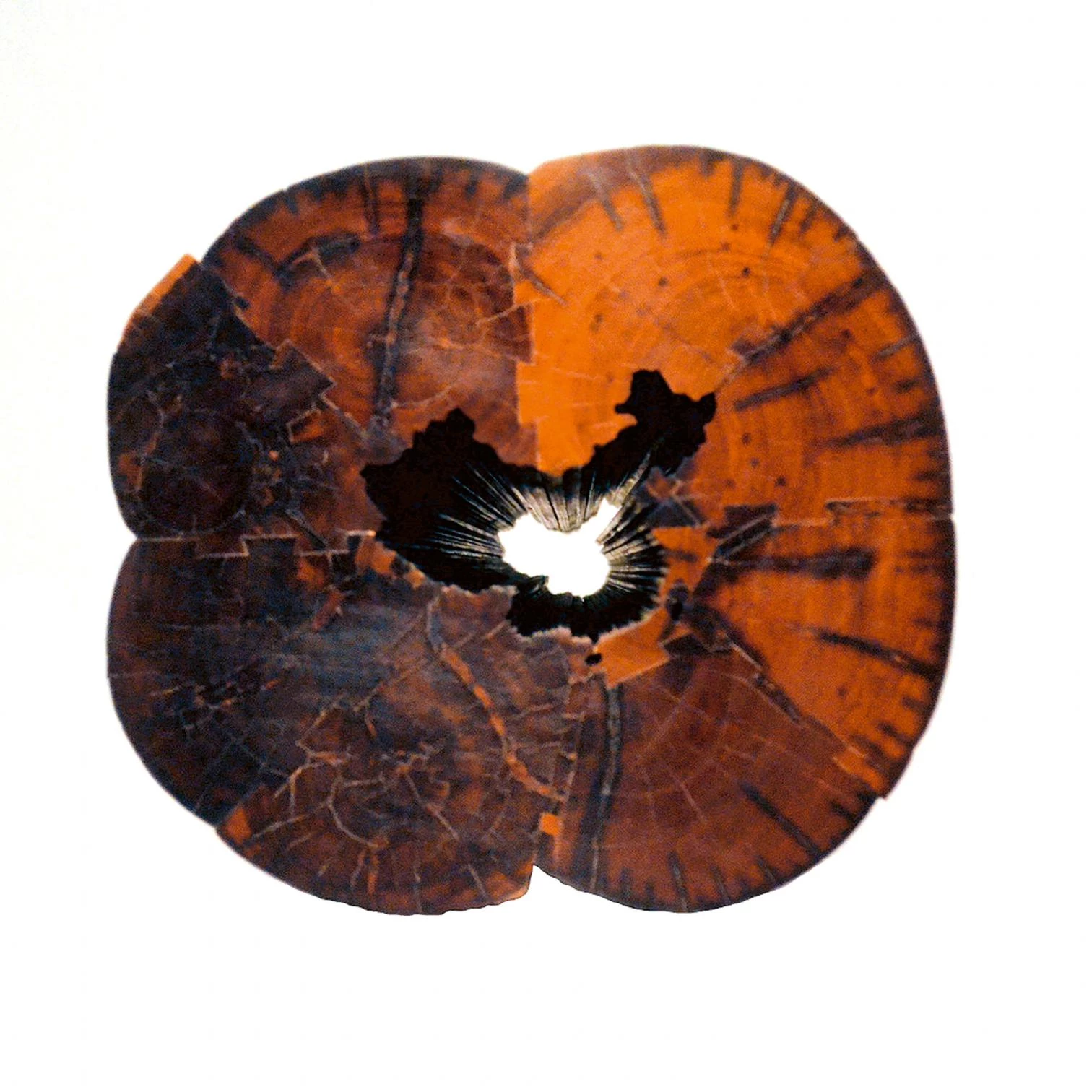
The Middle Kingdom is the Country of the Center. For its people, China is Zhongguo, and this central country is today the geopolitical heart of the world. The powerful ascent of China has transformed the panorama left at the end of the Cold War three decades ago, with one single superpower and the economic centrality of the Atlantic. Today that center has moved to the Pacific, and the two great nations of this time have transformed convergence into rivalry. The Washington Consensus, promoted in 1989 to guide the development of other countries on the democratic-liberal path, has been replaced by the Beijing Consensus, more focused on the pragmatism of infrastructures than on civic liberties. China’s influence is political and economic, but also ideological, and its colossal investment in artificial intelligence, quantum computing, and biotechnology can soon give it scientific leadership.
Architecture is not foreign to these mutations, and since 2004, the year the Beijing Consensus was coined, we have dealt monographically with the transformations of a country that has experienced the greatest urban boom in history. In a first phase we documented the country’s opening to international firms, with AV 109-110 (2004) and the issues devoted to the Beijing Olympic Games and the Shanghai Expo, Arquitectura Viva 118-119 (2008) and 129 (2009); later we took stock of the step into modernity of Chinese architects in Atlas: Asia and Pacific (2010) and in AV 150 (2011); and in a third cycle of innovation we attempted to register the latest generation’s efforts to build a new tradition that mixes the contemporary with its own building roots, in Arquitectura Viva 180 (2015) and, now, in the issue that expresses that fusion in different geographic and material contexts.
This issue of Arquitectura Viva closes a period that began in 2013 with issue 148, which we purposefully called ‘Transformations.’ Six years and sixty issues later the magazine transforms itself again with the aim of serving readers best by making it more agile and varied, while its pursuit of excellence in the selection of works and subjects and in their graphic and literary presentation remains intact. The sounds of the world reverberate in architecture, and from this observatory we try to stay abreast of historic shifts, which are creating a completely new intellectual and physical landscape. When closing a period, perhaps it is appropriate to mark this transit with tributes to heroes of our youth and our mature age, or to figures of our generation whose interests we have shared or dissented from, and that is what I do in the Art/Culture and Books sections. This is also our country of the center.





